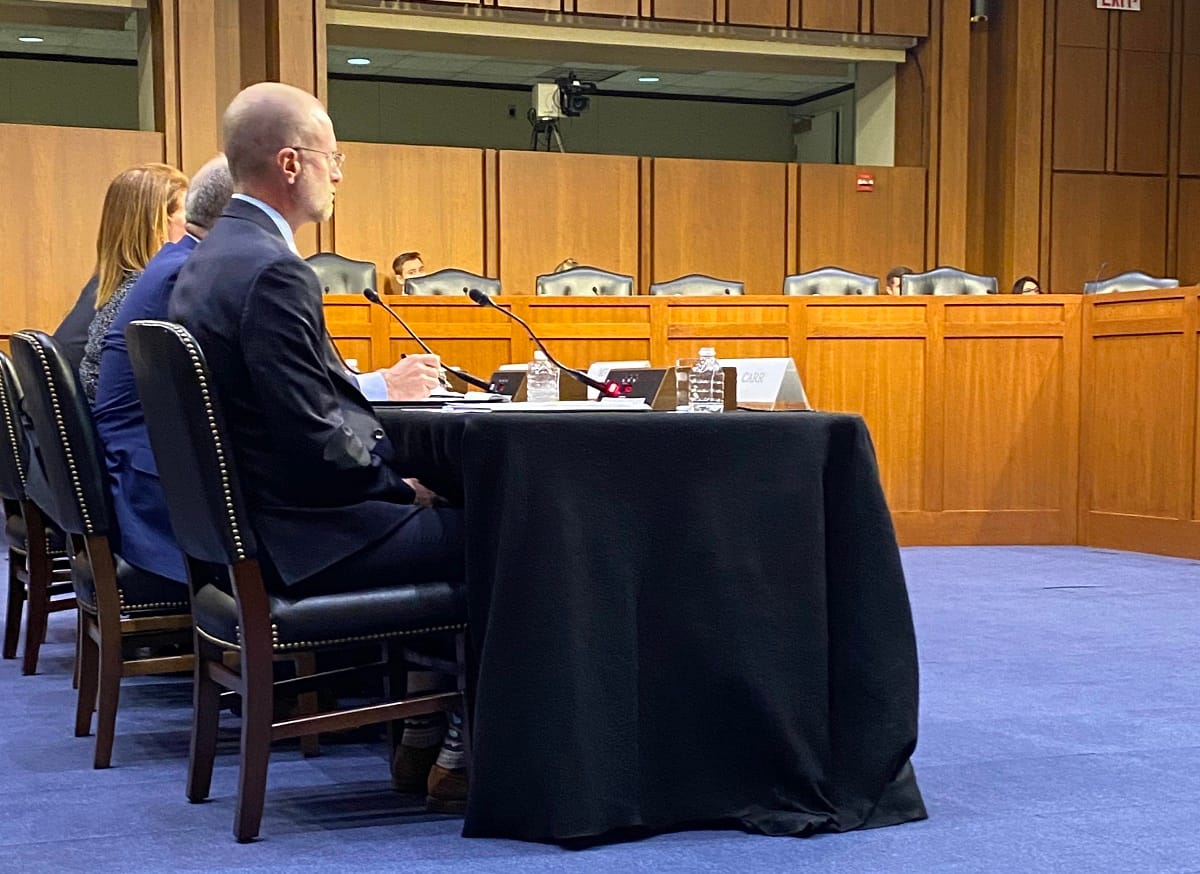Senate Commerce Hearing Tackles Barriers to the Short-Staffed 5G Deployment Initiatives
WASHINGTON, January 22, 2020 – Senators and witnesses from government agencies and technology firms agreed Wednesday at a hearing that the lack of a skilled workforce remains a major barrier to widespread 5G deployment. Senate Commerce Committee Chairman Roger Wicker, R-Miss, said that in the race t

WASHINGTON, January 22, 2020 – Senators and witnesses from government agencies and technology firms agreed Wednesday at a hearing that the lack of a skilled workforce remains a major barrier to widespread 5G deployment.
Senate Commerce Committee Chairman Roger Wicker, R-Miss, said that in the race to 5G deployment, 20,000 more tower climbers are needed.
Federal Communications Commissioner Brendan Carr touted the employment opportunities in deploying 5G. Not only can you circumvent a costly four-year degree, he said, but the jobs pay well. “One tower company reports that a qualified worker can earn upwards of $70,000 in their first year of employment,” Carr said.
Harold Feld, Senior Vice President of Public Knowledge, agreed. Workers need to be reassured that employment will continue after the boom, said Feld.
In Feld’s written statement he expanded on the importance of job security in the 5G infrastructure workforce. “Programs designed to meet the shortage of tower workers need to look not merely to training and safety, but also to guaranteeing to tower workers a productive future after the current boom subsides” said Feld.
MillerCo. President Jimmy Miller, which specializes in tower maintenance, explained the various skills needed in the workforce. He said working at great heights, braving the elements, and extensive travel are required of his workforce.
Shirley Bloomfield, CEO of the rural broadband association NTCA added that some workers need the ability to read blueprints, operate heavy machinery, and maintain networks. Increasing community college and apprenticeship programs would help with the skill shortages that are emerging, she said.
In an effort to expand the workforce, Carr said he worked with Southeast Technical Institute in Sioux Falls, South Dakota to start a tower training program.
Sen. Ron Johnson, R-Wisconsin, said he didn’t think the federal government would be effective in providing technical training programs. He encouraged witnesses to be more involved with the private sector and praised the value of hard work.
Children need to understand the value of hard work, said Johnson. Miller agreed that children need to believe hard work is “cool.”
Fiber Broadband Association President Lisa Youngers, said 5G workforce intervention is not only happening in technical schools and community colleges.
There are internships available for high schoolers too, Youngers said.
Carr said the Department of Labor provides apprenticeship programs through the Telecommunications Industry Registered Apprenticeship Program (TIRAP). There are over 2,000 apprenticeships available through 30 employers, Carr said.
It is not just about making “hard work cool again,” said Sen. Jacky Rosen, D-Nevada. She suggested “pair[ing] someone’s talents with the work” to ensure quality labor.










